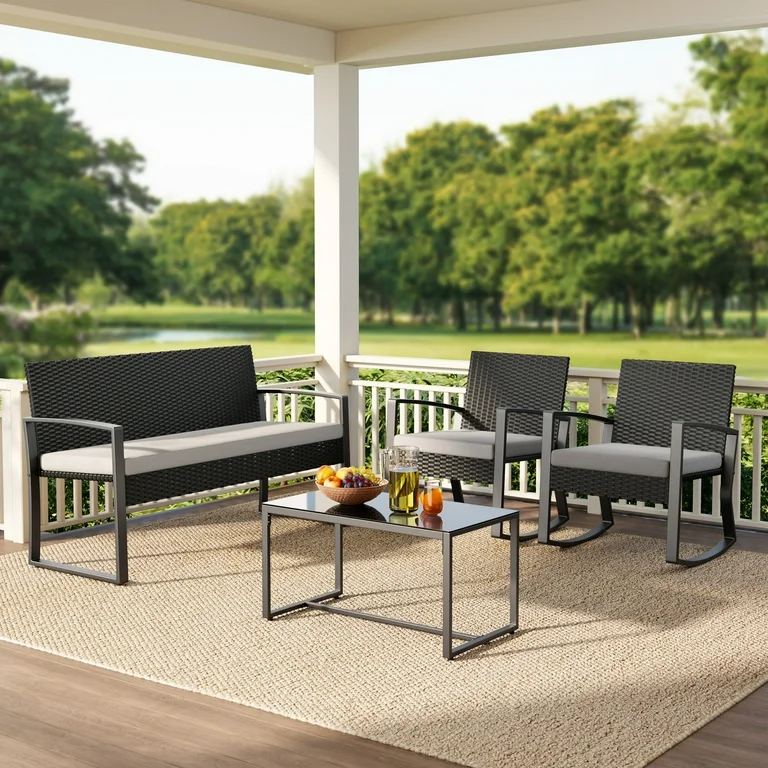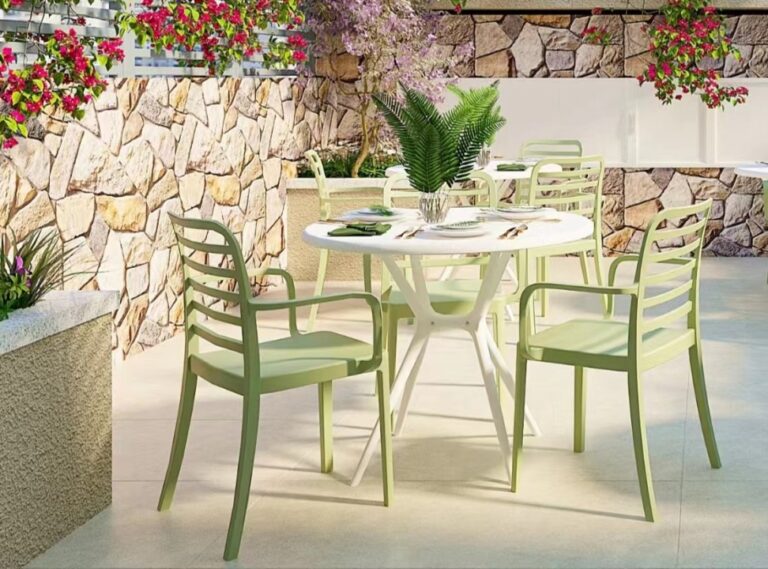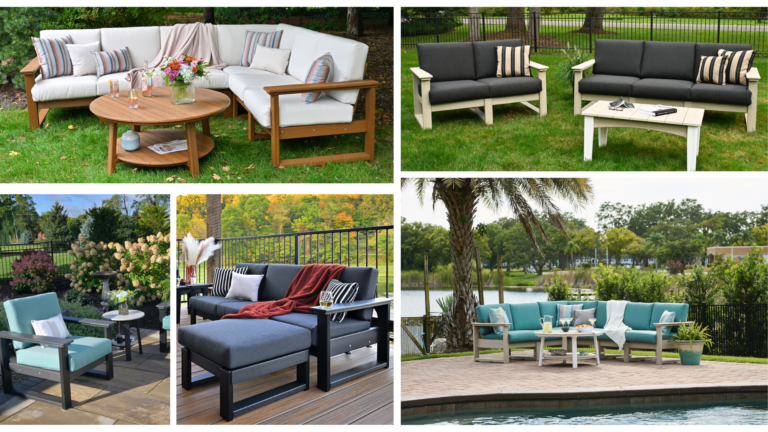Patio Pet Potty Solutions: How to Choose and Use the Best One for Your Dog
If you live in an apartment or a house with a small patio, you may have wondered how to provide your dog with a convenient and comfortable place to do their business. A patio pet potty is a great solution that can save you time, hassle, and money while keeping your dog happy and healthy.
A Patio pet potty solutions is a portable device that mimics the natural environment of your dog’s preferred potty spot. It can be made of artificial or natural grass, litter, or trays, and it can have various features and accessories to suit your needs and preferences. However, not all patio pet potties are created equal, and choosing the right one for your dog can be tricky. Moreover, you need to train your dog to use it properly, which can pose some challenges and difficulties.
Types of Patio Pet Potty Solutions
There are four main types of patio pet potties that you can choose from, depending on your preferences and budget. They are:
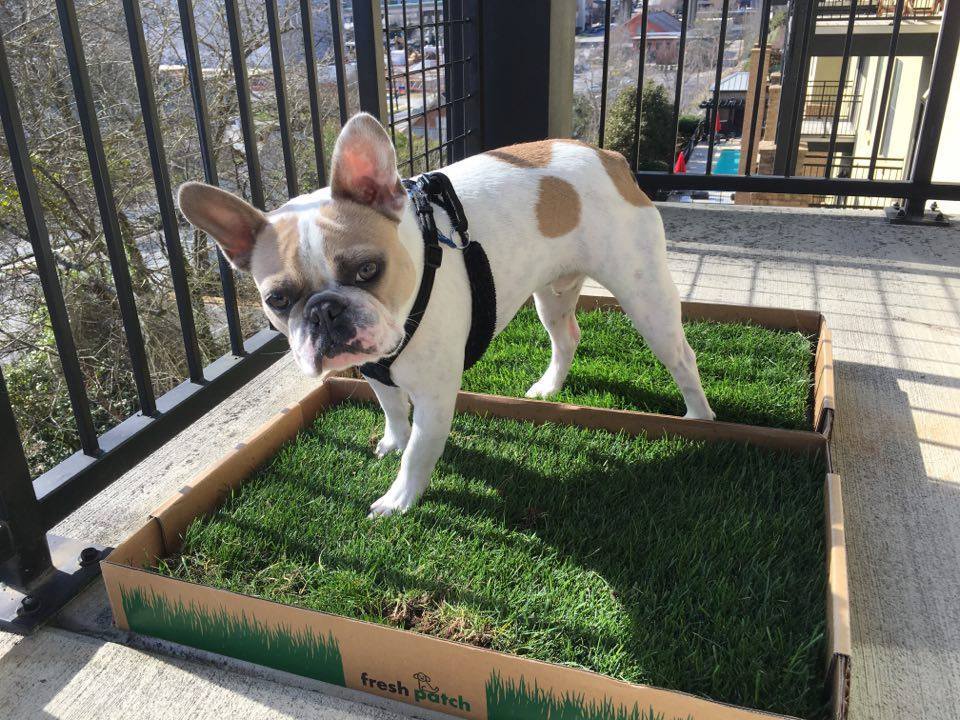
Artificial grass: This type of patio pet potty consists of a synthetic turf that resembles natural grass. It is usually attached to a plastic base that has drainage holes or a tray that collects the urine. Some artificial grass potties also have sprinklers that automatically rinse the turf after each use. The advantages of artificial grass are that it is durable, easy to clean, and does not attract insects or pests. The disadvantages are that it can be expensive, may smell over time, and may not appeal to some dogs who prefer real grass.
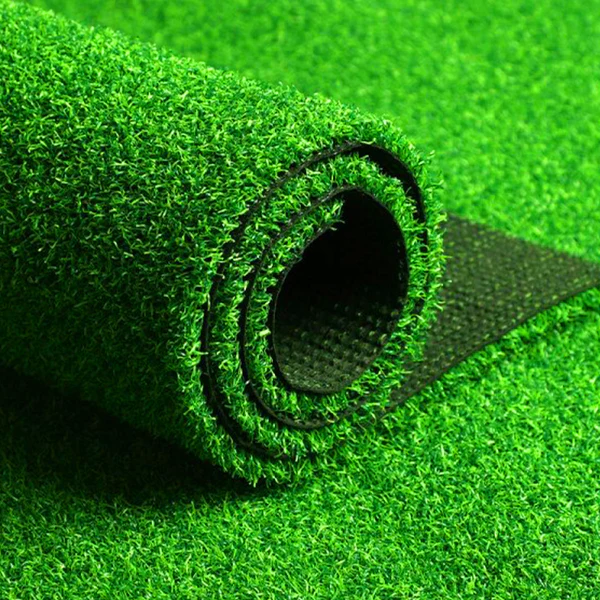
Natural grass: This type of patio pet potty consists of a patch of real grass that is grown in a container or a tray. It is similar to the grass that your dog would encounter outdoors, and it can provide a natural and comfortable experience for your dog. The advantages of natural grass are that it is biodegradable, odor-free, and appealing to most dogs. The disadvantages are that it requires regular watering, trimming, and replacement, and it can be messy and attract flies or bugs.
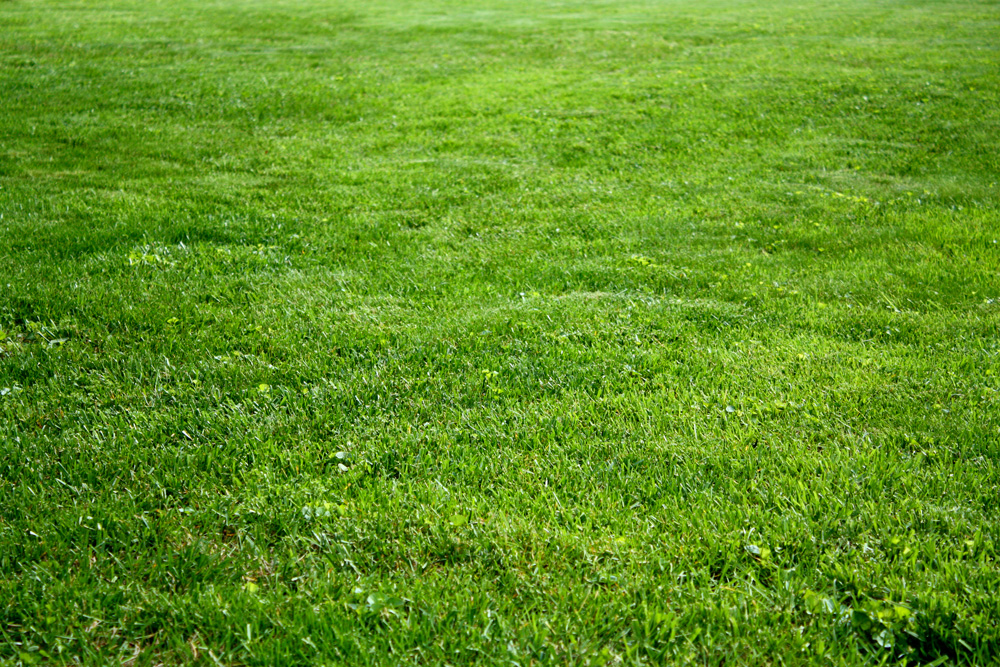
Litter boxes: This type of patio pet potty consists of a box that is filled with litter, such as wood pellets, paper, or clay. It is similar to the litter boxes that are used by cats, and it can absorb your dog’s urine and solid waste. The advantages of litter boxes are that they are inexpensive, easy to find, and can control the odor. The disadvantages are that they can be dusty, heavy, and difficult to clean, and they may not suit some dogs who do not like the texture or smell of the litter.

Trays: This type of patio pet potty consists of a simple tray that is lined with a disposable pad or a reusable cloth. It is similar to the training pads that are used by puppies, and it can catch your dog’s urine and solid waste. The advantages of trays are that they are cheap, lightweight, and convenient. The disadvantages are that they can be wasteful, unsightly, and unhygienic, and they may not train your dog to use a proper potty spot.
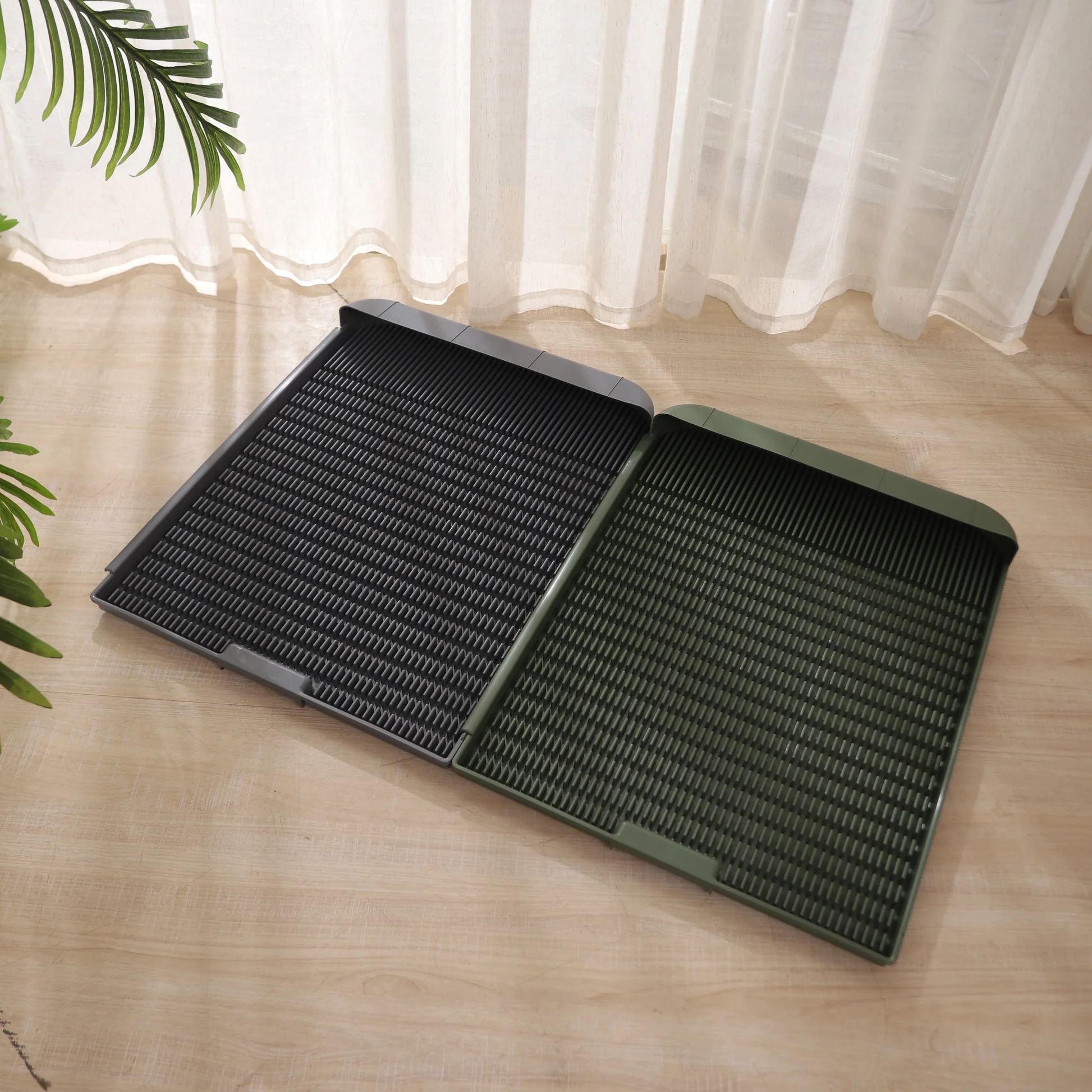
Examples OF Patio Pet Potty Solutions
Here are some examples and recommendations of the best products in each category based on customer reviews and ratings:
- Artificial grass: Petmaker Artificial Grass Bathroom Mat
- Natural grass: Fresh Patch Disposable Dog Potty with Real Grass
- Litter boxes: So Phresh Dog Litter Box
- Trays: IRIS Neat ‘n Dry Premium Pet Training Pads
How to Choose the Best Patio Pet Potty for Your Dog
Choosing the best patio pet potty for your dog depends on several factors, such as:
The size, breed, and personality of your dog: You need to consider the physical and behavioral characteristics of your dog, such as how big they are, how much they pee, and what they like or dislike. For example, if you have a large dog, you need a spacious and sturdy potty that can accommodate their weight and volume. If you have a picky dog, you need a potty that matches their preferences and habits. If you have a playful dog, you need a potty that can withstand their chewing and digging.
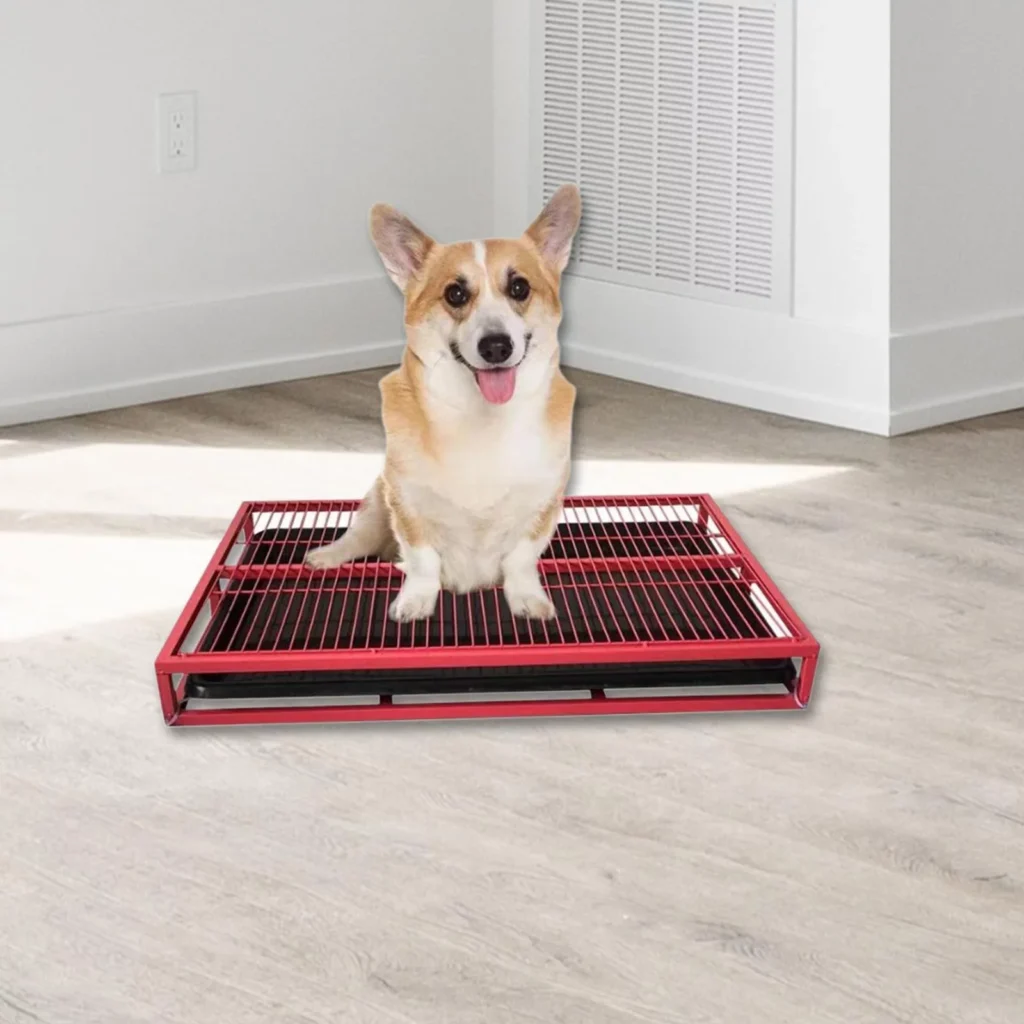
The space and layout of your patio: You need to consider the available and suitable area for placing a patio pet potty, such as how much room you have, how sunny or shady it is, and how accessible it is. For example, if you have a small patio, you need a compact and portable potty that can fit in a corner or a balcony. If you have a sunny patio, you need a potty that can resist fading and overheating. If you have a busy patio, you need a potty that can be easily moved or hidden when not in use.
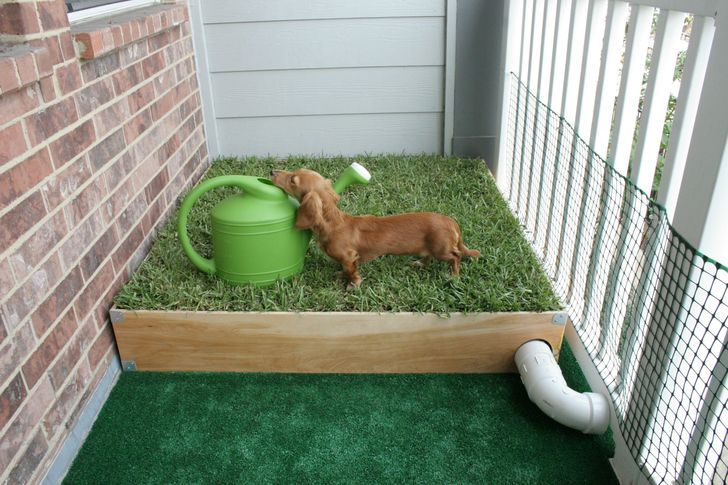
Your budget and preferences: You need to consider how much you are willing and able to spend on a patio pet potty, as well as your personal taste and style. For example, if you have a tight budget, you need a potty that is affordable and low-maintenance. If you have a high-end patio, you need a potty that is elegant and attractive.
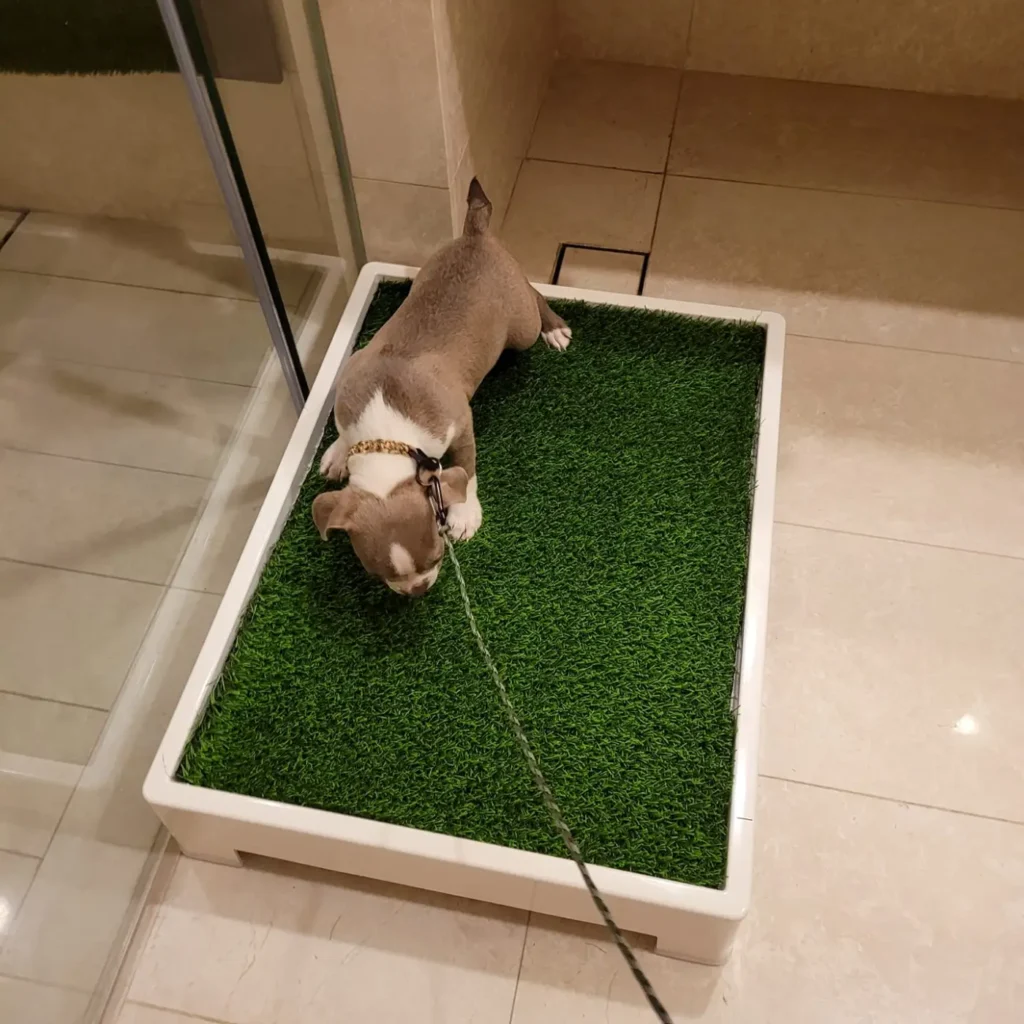
Steps to measure and select the right size and shape
To measure and select the right size and shape of a patio pet potty for your dog, you can follow these steps:
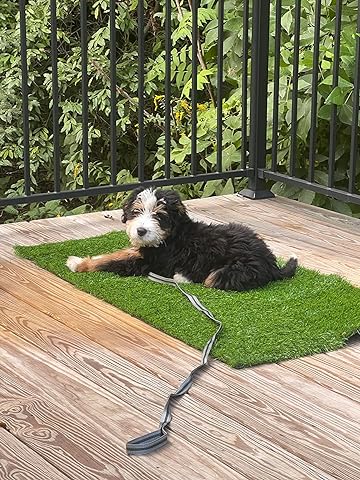
- Measure your dog’s length and width, from nose to tail and from shoulder to shoulder, using a tape measure or a ruler.
- Add a few inches to each measurement to allow some extra space for your dog’s comfort and movement.
- Compare your measurements with the dimensions of the patio pet potties that you are interested in, and choose the one that is closest to or larger than your measurements.
- If possible, test the patio pet potty with your dog before buying it to make sure that they can fit and use it comfortably.
Some features and accessories
Some features and accessories that can enhance the functionality and appeal of a patio pet potty are:
- Drainage systems: These are devices that help remove urine from the potty, either by gravity or pumping. They can prevent the potty from becoming soggy, smelly, or overflowing, and they can make the cleaning process easier and faster.
- Sprinklers: These are devices that help to rinse the potty after each use, either by manual or by automatic activation. They can keep the potty fresh, clean, and odor-free, and they can simulate the natural rain that your dog would encounter outdoors.
- Scented fire hydrants: These are devices that help attract your dog to the potty by emitting a scent that mimics the urine of other dogs. They can encourage your dog to mark their territory, and they can make the potty more fun and appealing.
- Covers: These are devices that help to protect the potty from the elements, such as rain, snow, or dust. They can extend the lifespan of the potty, and they can also conceal it from the view of your guests or neighbors.
How to Train Your Dog to Use a Patio Pet Potty
Training your dog to use a patio pet potty is important and beneficial, as it can reduce accidents, odors, and stress for both you and your dog. However, it can also be challenging and frustrating, especially if your dog is not used to it or is resistant to it. Here are some steps and methods that you can use to acclimate your dog to a patio pet potty:
- Choose a location and a schedule for the potty training. Pick a spot on your patio that is convenient, quiet, and visible, and place the potty there. Decide on a routine and a frequency for taking your dog to the potty, such as every morning, after meals, or before bedtime, and stick to it.
- Introduce your dog to the potty. Show your dog the potty, and let them sniff and explore it. Praise and reward your dog for showing interest or curiosity, and do not force or scold them if they are hesitant or scared.
- Encourage your dog to use the potty. Lead your dog to the potty, and use a cue word or a command, such as “Go potty” or “Do your business.” Wait patiently and quietly, and do not distract or pressure your dog. Praise and reward your dog for using the potty, and repeat the cue word or command to reinforce the association.
- Monitor and correct your dog’s behavior. Watch your dog for signs of needing to go, such as sniffing, circling, or whining, and take them to the potty immediately. If your dog has an accident elsewhere, do not punish or yell at them, but calmly and firmly say “no” or “bad” and take them to the potty. Clean the accident area thoroughly and remove any traces of odor or stain.
Some solutions and advice
Some solutions and advice that can help you deal with common issues and challenges that may arise during the potty training process are:
- Be consistent and persistent. Do not give up or change the location, schedule, or method of the potty training, as this can confuse and discourage your dog. Keep practicing and repeating the steps until your dog learns and masters the skill.
- Be positive and supportive. Do not be harsh or negative with your dog, as this can cause fear and resentment. Use praise, treats, toys, or affection as rewards and incentives for your dog, and make the potty training a pleasant and enjoyable experience.
- Be realistic and patient. Do not expect your dog to learn or adapt overnight, as this can lead to disappointment and frustration. Understand that every dog is different and that some may take longer or need more help than others. Give your dog time and space to adjust and improve at their own pace.
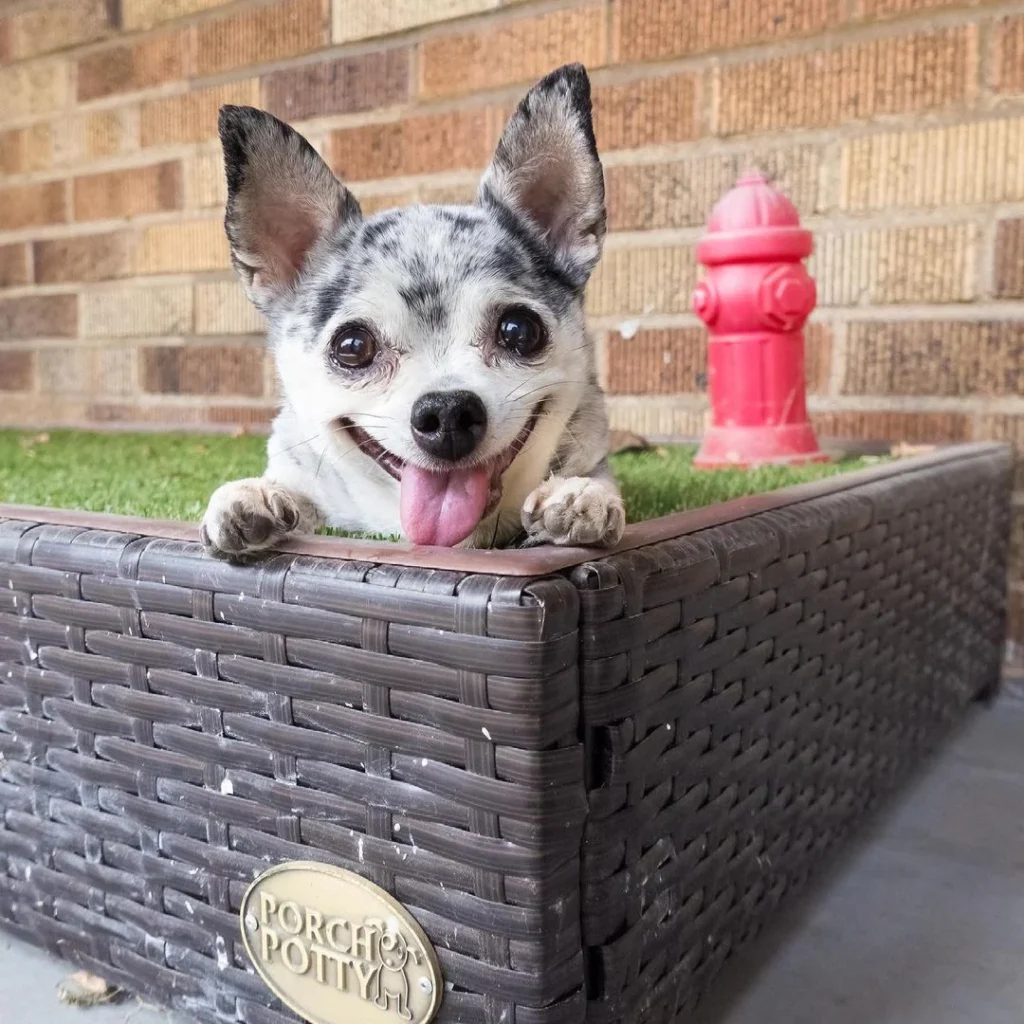
Some Final Tips And Advice
Here are some final tips and advice that can help you make the most of your patio pet potty:
- Keep the patio pet potty clean and fresh. Regularly empty, rinse, and sanitize the potty, and replace the grass, litter, or pad as needed. Use odor-neutralizing products or natural remedies, such as vinegar or baking soda, to eliminate any unpleasant smells.
- Make the patio pet potty attractive and inviting. Decorate the potty with some plants, flowers, or ornaments to make it blend in with your patio. Add some toys, treats, or bones to make it more fun and rewarding for your dog.
- Monitor your dog’s health and behavior. Check your dog’s urine and stool for any signs of infection, illness, or parasites, and consult your vet if you notice any changes or problems. Observe your dog’s attitude and mood, and praise them for using the patio pet potty, and correct them for not using it.
- Enjoy your patio and your dog. Spend some quality time with your dog on your patio, playing, cuddling, or relaxing. Appreciate the convenience and comfort of having a patio pet potty and the benefits it brings to you and your dog.
Final Analysis
Having a patio pet potty solution can make your life and your dog’s life easier and happier. It can provide your dog with a convenient and comfortable place to do their business while saving you time, hassle, and money. However, you need to choose and use the best patio pet potty for your dog based on their size, breed, personality, and preferences, as well as your patio space, layout, budget, and style. You also need to train your dog to use the patio pet potty properly, using positive reinforcement, consistency, and patience.
Jl.Surjan
Disclosure: Our blog contains affiliate links to products. We may receive a commission for purchases made through these links. However, this does not impact our reviews and comparisons. We try our best to keep things fair and balanced, in order to help you make the best choice for you.

